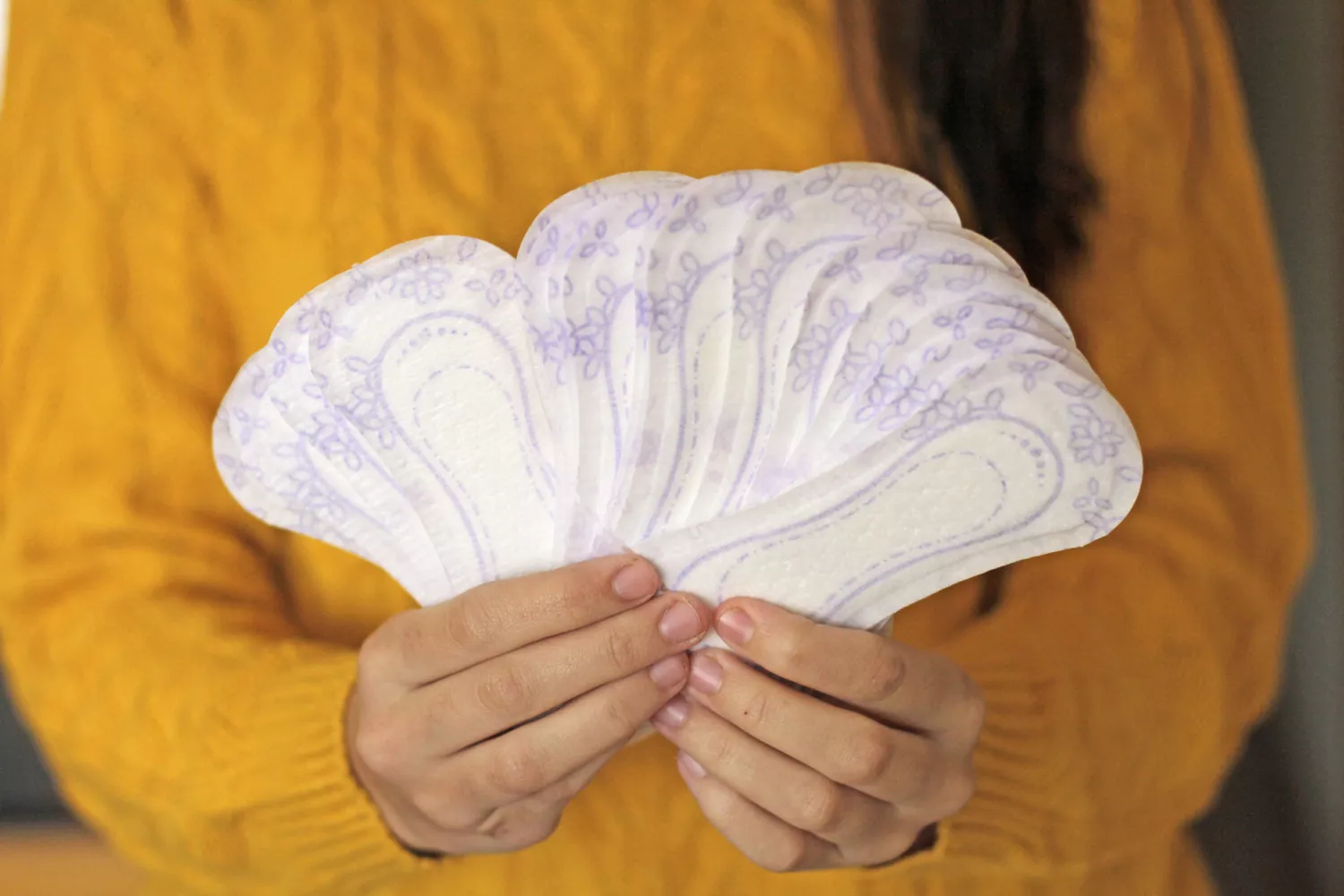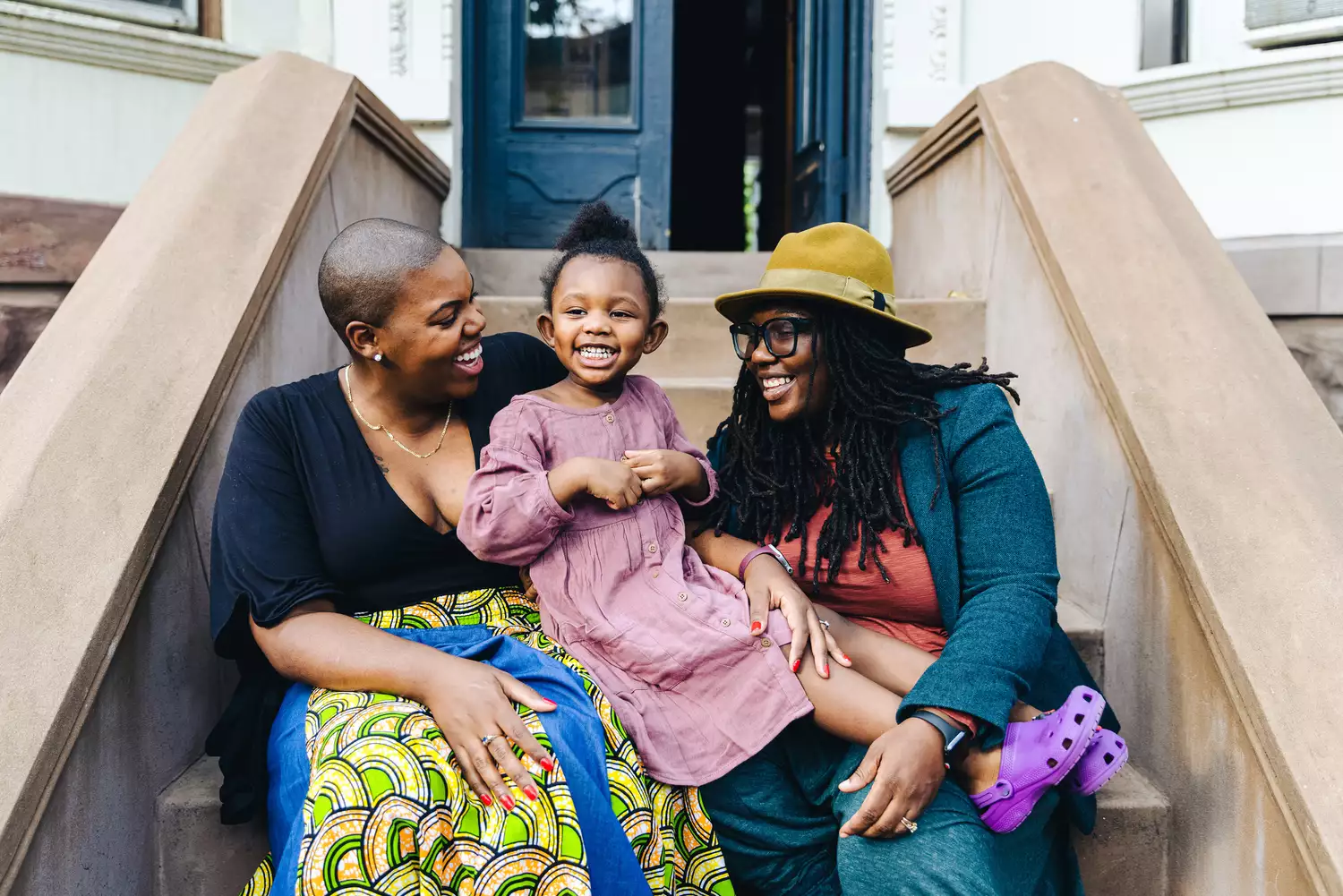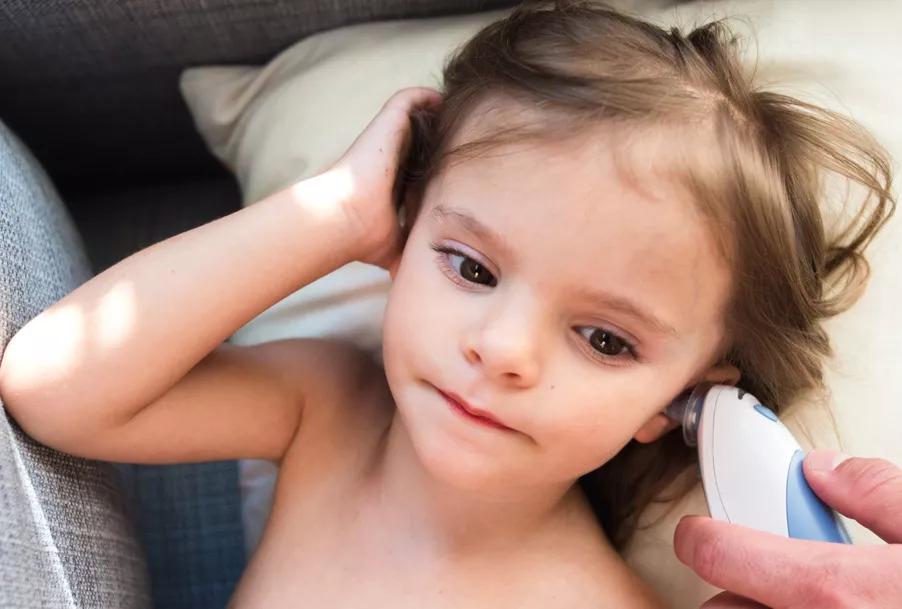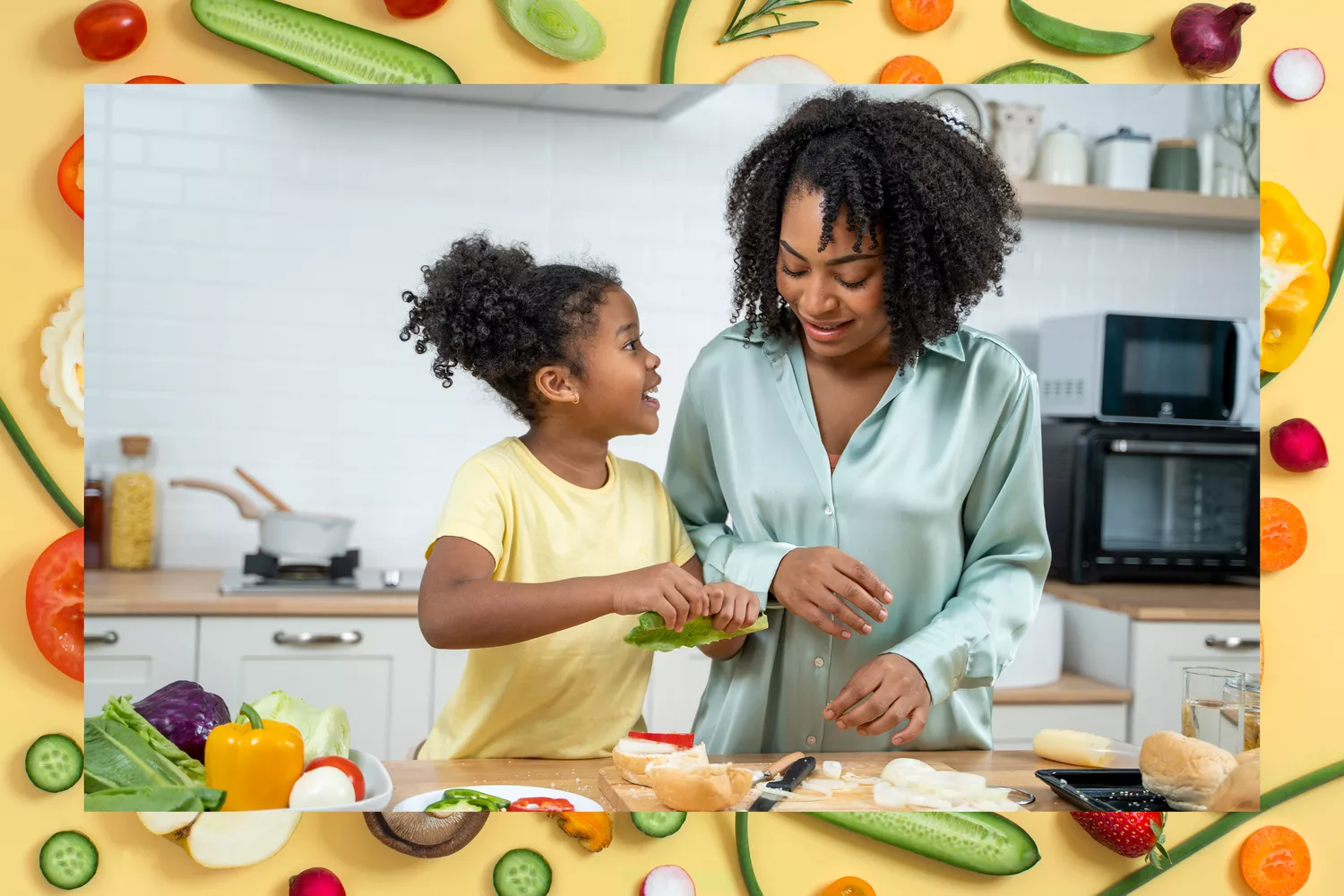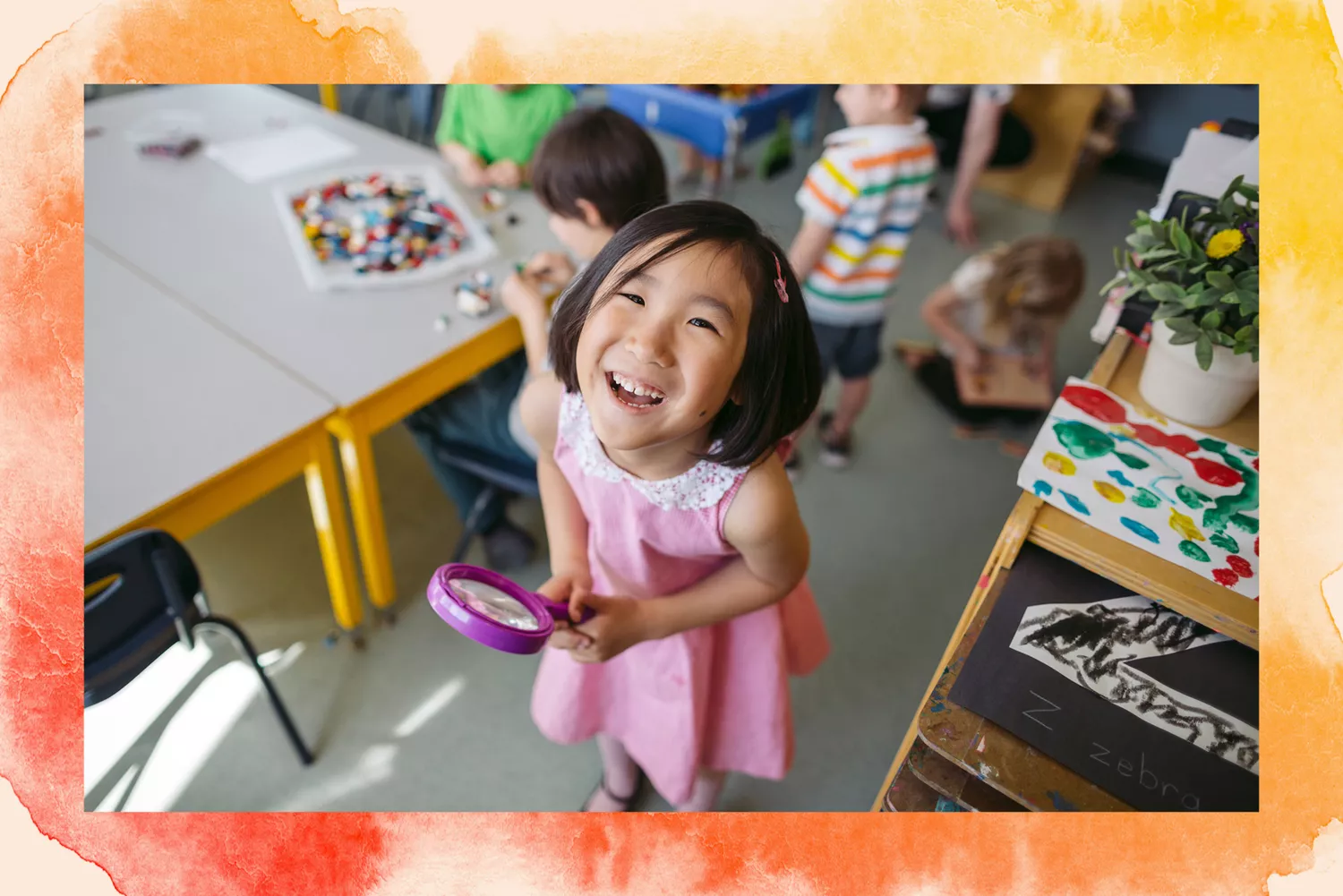How to Foster a Growth Mentality in Children
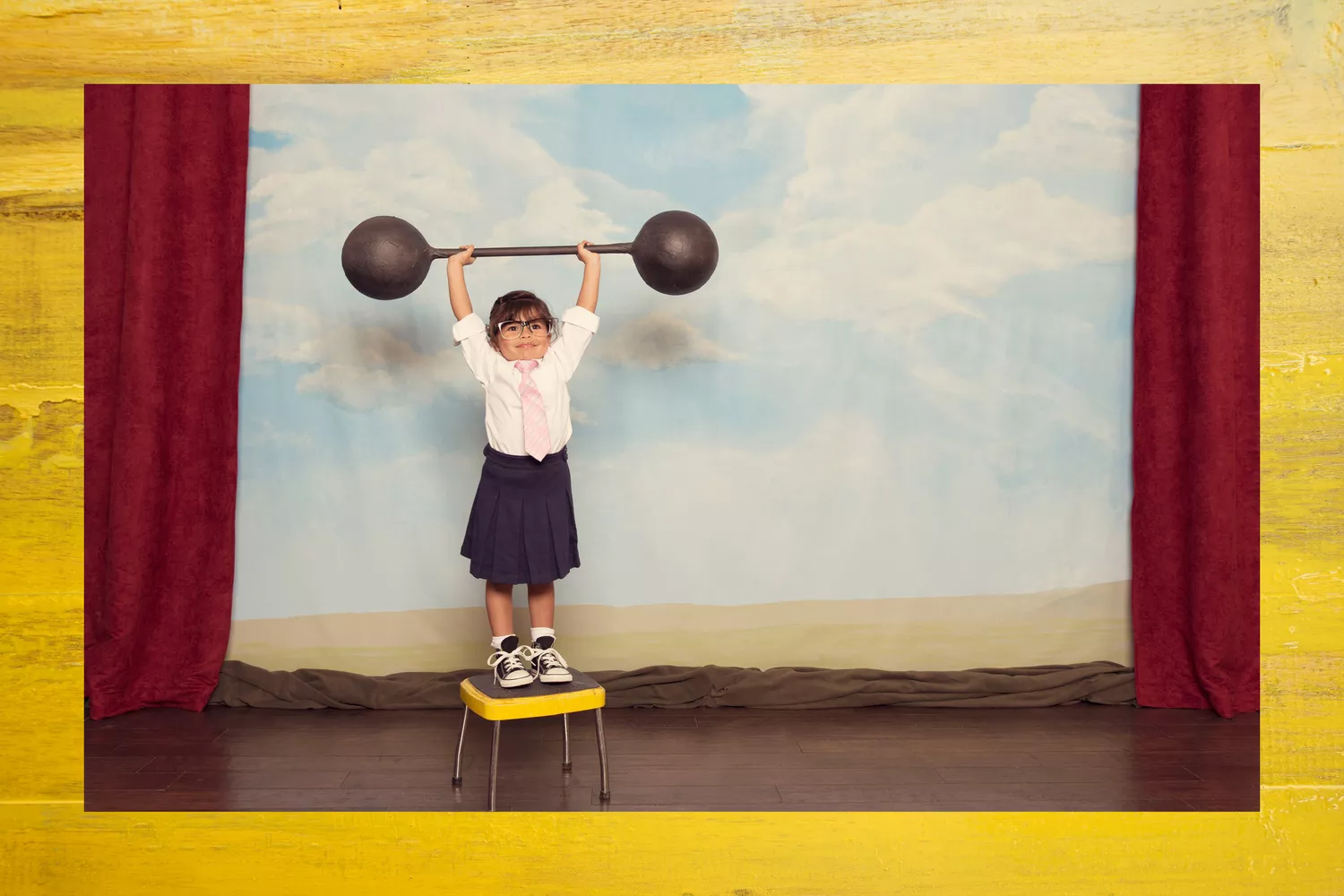

He would often beat himself up about things, and it went beyond a mild wallow to a data-component=”link” data-ordinal=”1″ data source=”inlineLink”/data type=”internalLink/>a full-on mope, sometimes for hours. He would beat himself up over things. It went beyond a mild mope and lasted for hours. He let small things ruin his day and there was nothing he could do to console him.
I can remember a particular moment. We were planning to go on a weekend trip to the local science centre, but we got stranded. Bring on the tantrum! At that moment, however, something changed. We decided to have fun, and to see what we could come up with to save the situation. We made hot cocoa in the kitchen and set up our science experiments. The volcano actually erupted thanks to some baking soda and vinegar. Snowball fights were also held later in the afternoon. This was a great day that became one of my favorite winter memories.
Later, I discovered that I could take solid, practical measures as a parent in order to cultivate an upbeat attitude with my child (and myself), build resilience, and have a happier outlook. It was then that I discovered the concept of growth mindset, which is backed by science.
As a mom and a mindset coach, here’s how I raise my child to think positively and unlock his full potential
What is a growth mindset?
According to Carol Dweck Ph.D., professor of psychology at Stanford University and author of Mindset : The New Psychology for Success,A Growth Mindset is an open and flexible way of viewing the world. It’s the belief that, with time, effort, and practice, you can expand your abilities–essentially, that talent can be grown and cultivated.
“Growth mindset is the belief that our abilities, or what we are capable of, are constantly changing and evolving. We have the ability to improve and expand on these abilities,” says Saumya David, M.D. a New York-based psychiatrist and author who holds a board certification. “And they are not something that we were born with.” It’s a growing, an openness, and a flexible attitude.
According to Alexandra Eidens who is the author of The Big Life Journal and which helps children develop a growth mentality, “growth mindset” can be defined as: “the idea that you can always learn and improve, even in areas where you may struggle.” The philosophy’s roots can be traced to Jean Piaget who stressed the importance of actively engaging in new experiences to grow and learn.
The shift from a fixed mindset to one of growth can be subtle, according to Mister Brown. He is the creator and motivational speaker for Choose Well and is a consultant and motivator for parents, schools and libraries across the country. Once you understand it, the impact can be huge.
“Your mind is like a thermometer.” You can adjust the thermostat to suit your needs. The same is true for your mindset. You’ll see the world in a different light if you shift your mindset from “have to” to “get to”.
–Mister Brown, Growth Mindset expert
“Your mind is like a thermometer.” You can adjust the thermostat to suit your needs. “Your mindset also works the same,” he says. You’ll see the world in a different light if you shift your mindset from “have to” to “get to”. “I want to turn that dial so I can get to where I want.”
Brown believes that the thermostat metaphor can be a simple way to help kids understand how to grow, and change their thinking. When you “get to,” that’s when will you make the right choice and live a better life.
Why and how to teach your kids mindfulness
What are the benefits of a growth mindset for kids?
Eidens says that a growth mentality can make children more resilient, and help them deal with disappointments better. She says that if children have a growth mentality, they will be more likely to bounce right back when they face challenges and give it another go. They understand that mistakes can be used to learn, and that often success requires perseverance and effort.
Adopting a growth-mindset can boost children’s confidence. Eiden says that when children feel their abilities will improve with time, they’re more willing to accept new challenges and confident of their success. This can help children develop a sense of worth and encourage them to try new things.
Eidens says that when children feel confident, they are more willing to take risks and try new things. She says that a growth mindset can encourage children to love learning. With a growth mentality, children see learning as an ongoing process. They are therefore more likely to remain curious.
How to Foster a Growth Mentality in Children
Some people are born with a growth mentality, but others must work to develop one. This is true for both adults and children. As a growth mind will tell you, this mindset can also be developed through training and practice.
Positive thinking
Dr. Dave says that at its core, growth mindset is about finding a positive side to any situation. “And this is why growth mindset can be a powerful tool for anyone, regardless of age. I get to do that. She says, “I love that.” “What’s fascinating and amazing about children is their psychological flexibility. They adapt to the situation and use it.
Dangle the carrot
We all know that not everything in life will be enjoyable. Brown says, “But we shouldn’t forget to be grateful for the opportunity we have.”
Brown believes that rewards can be a great motivator for kids to have a positive attitude towards even the most irritating activities. “Homework? Yeah. Then you can learn math, turn it in, and get a good grade. Once it’s over, you can play video games or eat broccoli to get a chocolate square. There’s always something positive to look at. It’s just a matter of learning to look.
Focus on the journey rather than the end result
Dr. Dave says, “There is a lot pressure on performance and results. We want to fit into the parameters we have decided are worthy.” “And I’m worried about this because we’ve lost the beauty of journey, of trying and the skills that we are trying to develop.” Instead, we’re too focused on the result. Praise your efforts rather than the outcome. “The experience of trying and failing is what’s most important.”
Embrace failure
“A growth mentality allows us to look something over and ask: ‘Well what can I add back in if I did not do well this time around? “What can I do next time to change the outcome?” says Dr. Dave. I think that it is also a really powerful word at the heart of it. “I’m still not very good at it.”
Dr. Dave says that the key is to know you can try and fail again. “One thing we can do to make failure more bearable is to focus on our efforts, rather than results.
Be grateful
Brown says that being grateful is a daily practice. It can be as easy as keeping a diary and recording three awesome things about your day.
Brown and his wife go one step further. He says, “At the dinner table we play the ABCs to be grateful.” You can score extra points by using a triple letter score. For example, I am thankful for Andrea who is amazing. You get to express your gratitude and hear from others what they are thankful for. It makes you look for things that you are grateful for. “It builds the muscle of gratitude.”
Expert Tips for Helping Children Develop a Growth Mentality
You can encourage a growth mentality in your everyday life, and use it as a guide for how you want your children to approach the world. Big Life Journalcreator Eidens reveals some of the strategies parents can use in order to foster a growth mentality in their children.
Change your praise style. It is important to use growth mindset praise because it reinforces the idea that success can only be earned by trying new approaches and putting in effort. Eidens explains that even if the child does not achieve the desired result, they can be acknowledged for their hard work. This helps children stay motivated, and they understand that their main goal is not to win awards or get high grades but rather to learn and grow. “You persevered and worked hard to overcome challenges!” is a good example of praise for a growth mindset.
Model the perhapss. Eidens says, “Narrate loudly when we make mistakes. Emphasize what we learned.” “For example, you could say, ‘Whoops! I made a recipe mistake. It’s okay, mistakes are a part of the learning process. We can fix it, and then try again. It shows them that mistakes are normal and we can learn from our mistakes.”
Try something new and embrace the results, whether they are good or bad. Eiden encourages a growth-mindset by encouraging people to try new things and embrace the failures that may come with them. She says that we can engage our children by taking on new challenges such as learning new skills or attempting a new hobby. By sharing our challenges with our children and showing them how we deal with them, we show that we, as adults, are always learning and growing.
If you’re unsure, write it down. Journaling your process and the lessons you have learned is a great tool to help develop a growth mindset. Eiden, along with her husband Scott, created the Big Life Journal for this very reason. Eidens says, “We wanted to make something both educational and fun that children would enjoy and parents could feel comfortable using with their kids.” The Big Life Journal teaches kids that their mindset is the key to reaching their goals and dreams. They can build resilience and determination by practicing positive self talk, setting goals and persevering during challenges.
Big Life offers parents and children a free Growth Mindset versus Fixed Mindset Quiz to help them understand their own mindset. They can also access free resources such as Weekly Friday Printables.






